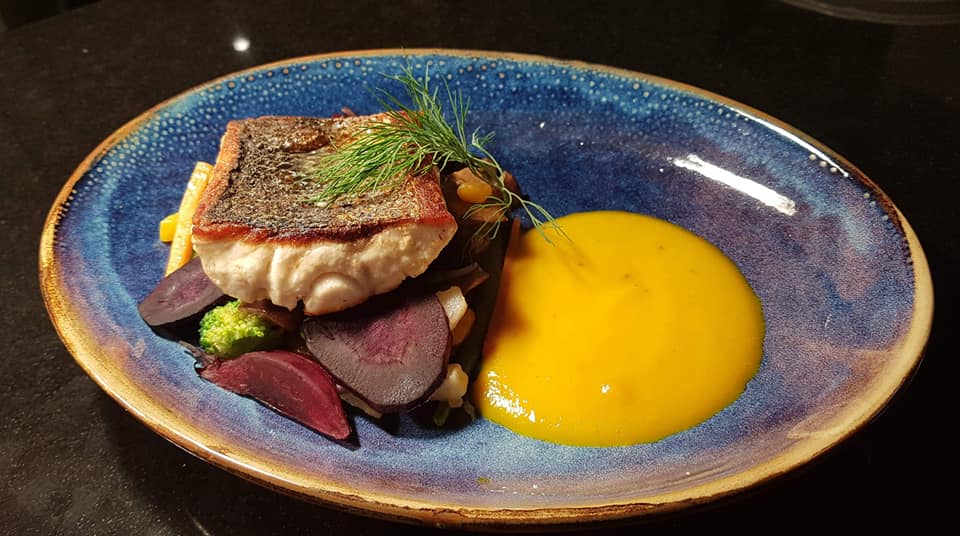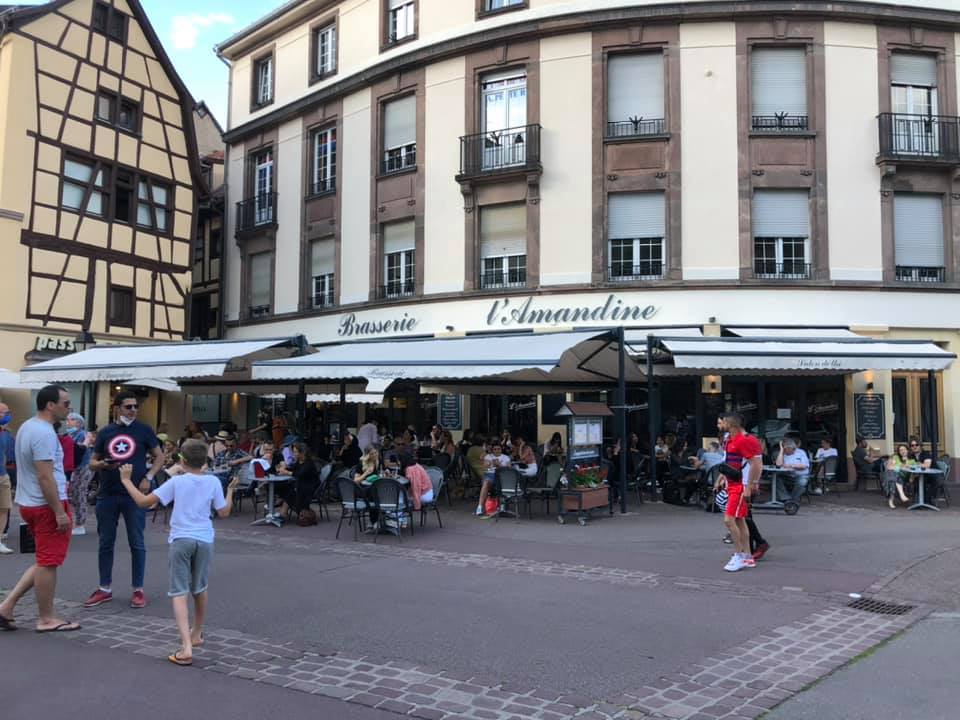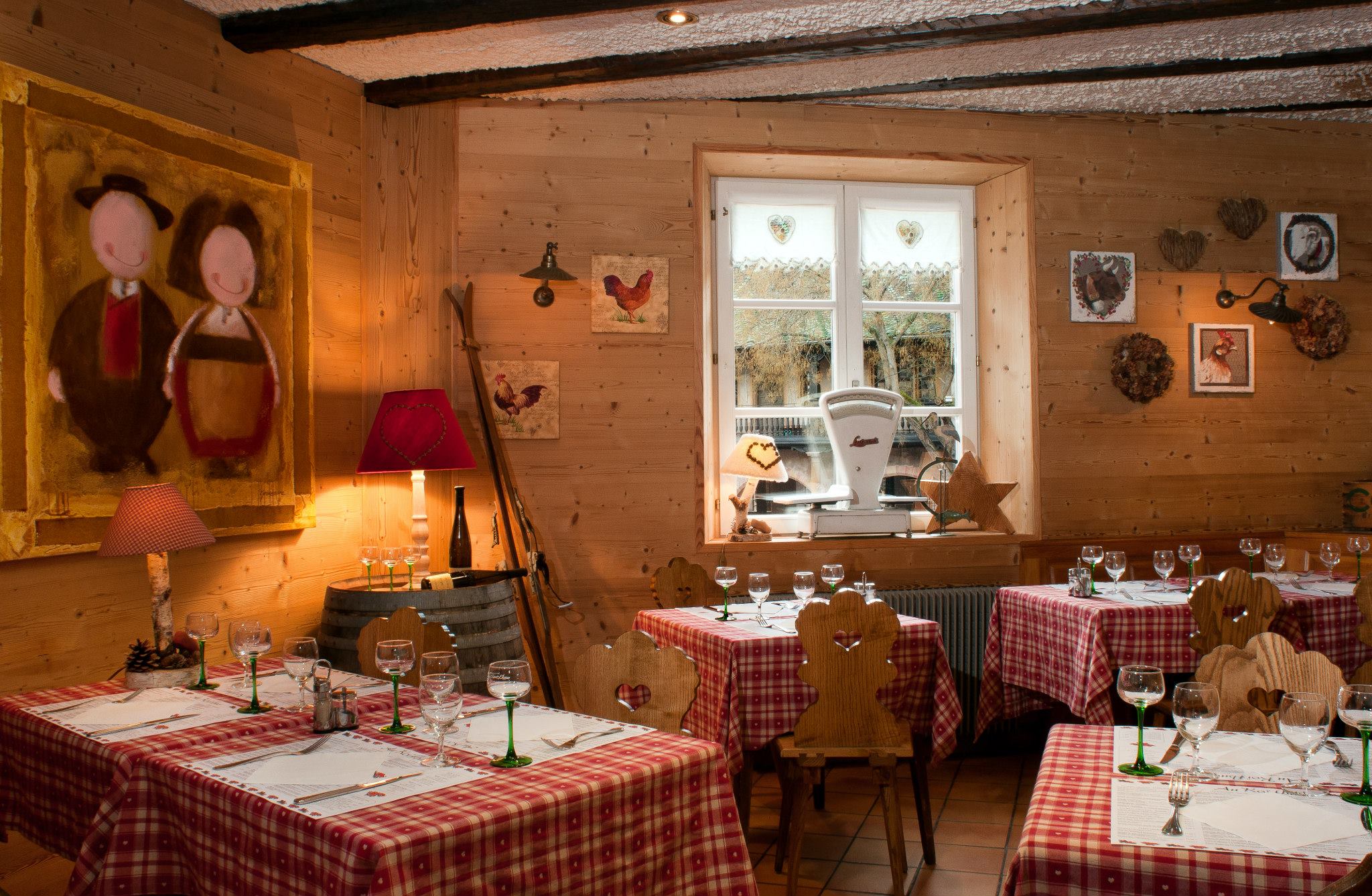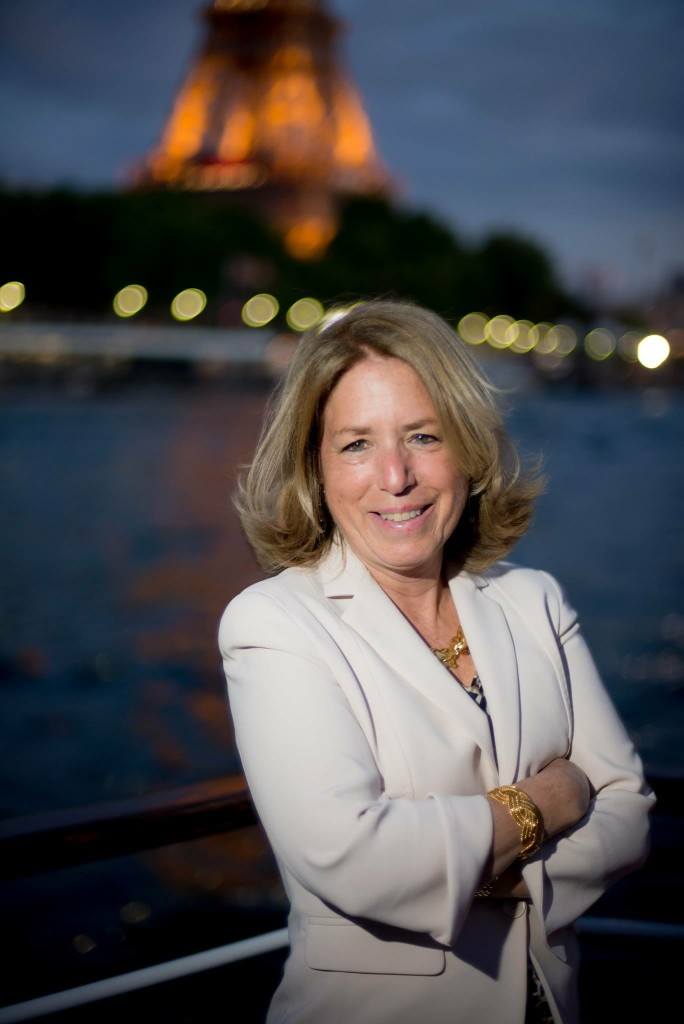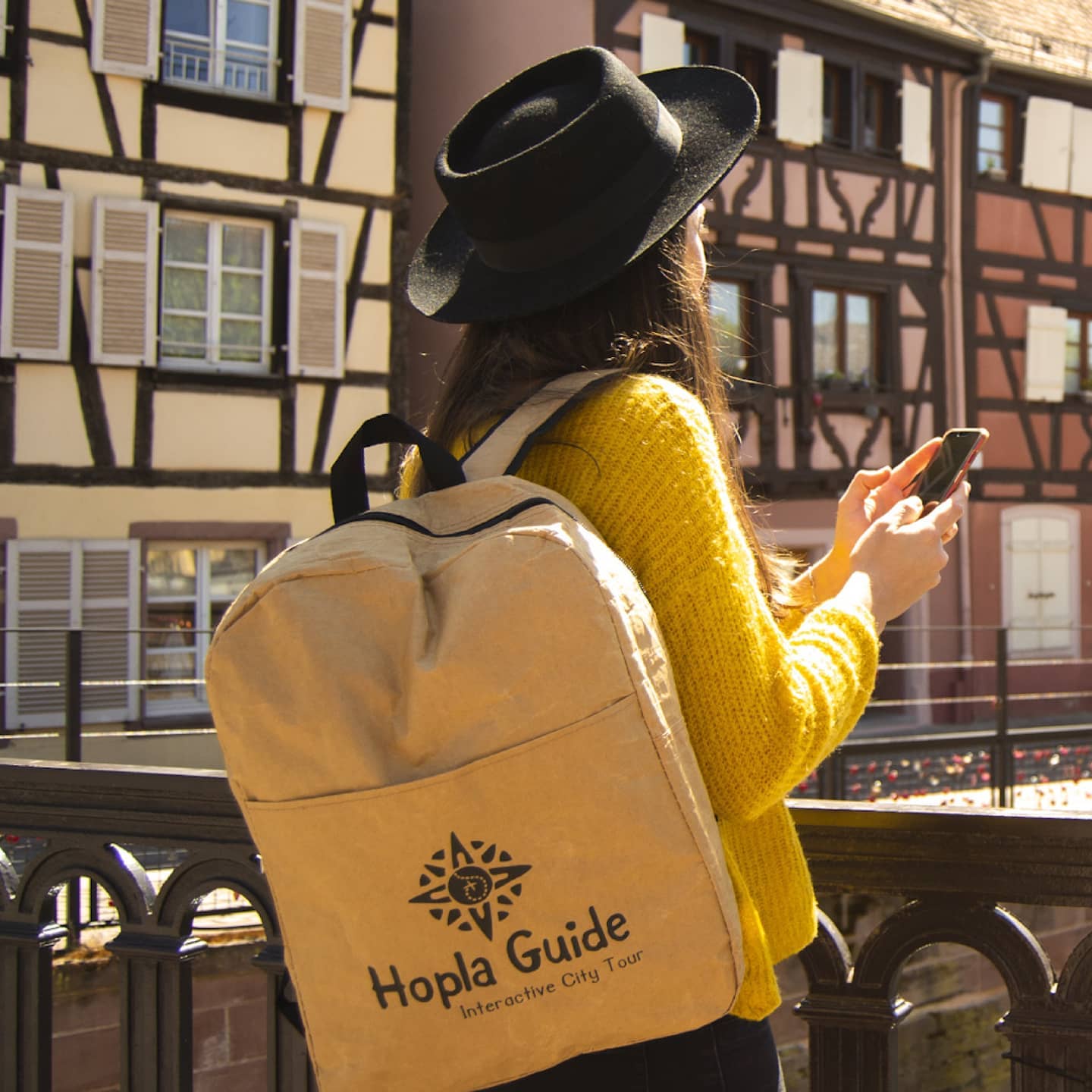Just a three minute walk from the historic district, located in a quiet square, Restaurant Ramloc is know for its ambiance , wine selection, and meat dishes.
Archives: Directory listings
Directory listings
Bistrot des Lavandières
French bistro in the heart of Colmar’s Little Venice, Maître Restaurateur. Lovely shaded and heated terrace.
Le Bistrot des Copains
It is at the foot of Colmar Cathedral that gourmets and gourmets can discover the Bistrot des Copains with its rustic and modern setting.
In this elegant bistro, they will be able to appreciate a warm atmosphere and attentive service.
Behind his stoves, the Chef cooks up small dishes that rediscover all the flavors of the French terroir in generous plates. A terrace is available to enjoy meals outside on sunny days.
L’Epicurien
We wanted an obvious table to welcome you, all in real simplicity and in a sincere search for high quality; we found it on the banks of the Lauch and the district of Little Venice, in Colmar.
Our couple, united among other things by the passion, surely hereditary, for great wines and fine gastronomy, has always been nourished by discoveries and travels in the great terroirs of France.
From this experience was born a desire: to take over the qualities of good restaurants, by associating them with the privilege of being able to share the treasures of a high-quality cellar.
Aux Trois Poissons
In 1965, Jean and Carmen Seiler decided to take over a neighborhood bar on the edge of Little Venice to create the restaurant Aux Trois Poissons. The love of the profession was then passed on to their sons, Gilles, who forged his experience in England at the Dorchester under Anton Mosimann, at Aunt Claire with Pierre Koffmann and in Cannes at the Martinez, alongside Christian Willer.
It was during his professional career in Florida that he met Myriam, a native of Brittany, and it was together that they decided to take over the family business. It has therefore been almost 30 years since the Chef, as well as his wife and daughter, have welcomed you to a place where the sea is in the spotlight and where friendliness and sobriety have seduced a good number of regulars.
The chef has the honor of being part of the Association of Chefs D’Alsace, and was recently inducted as Maître Cuisinier de France.
L’Amandine Brasserie
Located in the heart of the city center, at the foot of the Cathedral, this restaurant offers traditional and regional catering as well as a large selection of homemade pastries.
Restaurant Au Koifhus
The typical atmosphere of the restaurant “Au Koïfhus” is one of the recognized addresses of Colmar.
The whole team offers a varied menu of traditional cuisine and its table suggestions based on seasonal products. summer, you will enjoy a beautiful terrace with a breathtaking view of historical monuments and the comfort of a pedestrian zone.
For your corporate meals or family, an individual room can be made available to you ‘à 35 personnes
Rachel Kaplan
Shalom ! I created European Jewish Heritage Tours in 1998 because I strongly believed that Europe was making amends for its terrible past, by investing in the rebuilding of Jewish communities across the Continent, and inaugurating new museums and Jewish centers in key European capitals.
As the European Editor of INSIDE Magazine, the quarterly published by The Jewish Exponent of Philadelphia, I had the chance to personally visit and write about many of these destinations and in so doing, found a fascinating Jewish legacy everywhere I went. I also discovered others through researching my four books: Little-known Museums In and Around Paris, London, Berlin and Rome.
The aim of European Jewish Heritage Tours today is to propose private customized tours for groups and individuals that offer an overview that both reveals the European Jewish past, and invites a discovery of Jewish life today. As the “Chosen People” we have the privilege and responsibility of knowing and honoring our heritage wherever it may be.
Christmas Market in Jerusalem
Celebrating Christmas in the holy city is a unique experience. The Old City’s Christian and Armenian quarters become decorated while the city’s churches celebrate the holiday by holding Christmas services.
The Church of the Nativity will be holding numerous Christmas services.
For more information about Christmas events in Israel, read Christmas in Bethlehem, Christmas in Nazareth, and Christmas in Tel Aviv-Jaffa.
For more information about Christmas in Israel, read our blog: Christmas in Israel: Decking the Halls of Jerusalem, Bethlehem, Jaffa, and Nazareth.
Hopla Guide
Hi there! We are Laura et Georges, the team behind Hopla Guide.
We run this project together, and in our spare time, we run our life together. We are an international couple, she’s Argentinian, he’s French, but both “Made in Alsace”.
Travellers, food lovers, culture addicts, wanderers… our lives brought us in many places, from Europe to Latin America.
Every trip, we seek for authentic experiences. We want to discover it all, but freely, spontaneously.
During our trips, we found ourselves with two options: either we had to follow a guided group, losing our independence, or wander around with the feeling of missing out on important places.
What to see ? In what order ? And what souvenirs to buy and bring back home ?
Is there no other way?
What if we could visit a city on our own, with freedom and flexibility, and be sure we are going to see everything, learn about the local culture, and have fun at the same time?
What if we could be guided explorers?
One day, we decided to put our abilities together and innovate. Laura has a master’s degree in tourism specialized in management, marketing and eco-sustainability. Georges has a master’s degree in history of art from Paris-Sorbonne university. We both have professional experience in tourism companies.
That is how Hopla Guide started. We built a solution, reimagined guided tours, and created a complete experience, both physical and digital.
Cultural information had to be accessible to the explorer at any time, so we chose to build a mobile app, allowing interactivity and flexibility.
But we wanted to go further and create something that doesn’t stay on your phone but materialises in the real world. So we selected exciting items that enhance the visit and bring the tour on another level of interaction, using other senses : touch, taste and smell.
We believe in slow tourism, in a respectful and deeper way of discovering. We empower little groups to live a true cultural exploration, not just a quick run in the city to take some pictures and go away without learning anything. Our explorers are meant to get an honest grasp of the local identity.
We invite you to take part in our story and give a chance to another kind of cultural experience.




